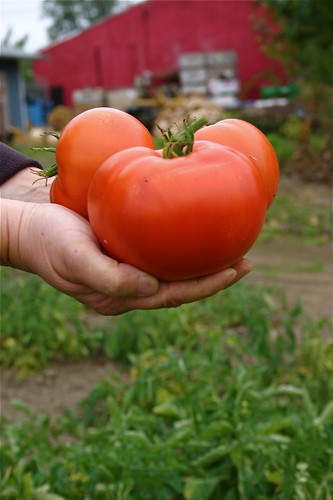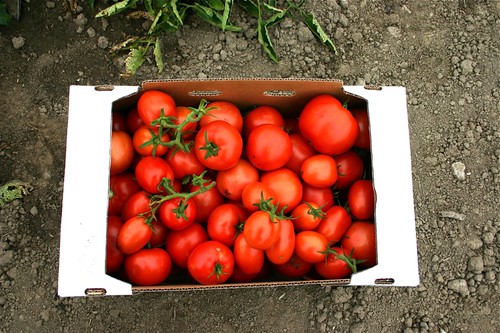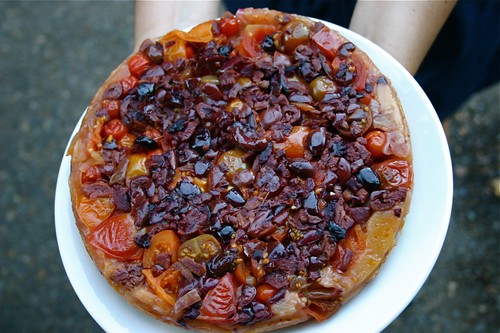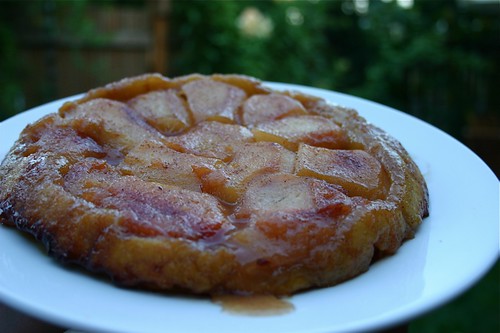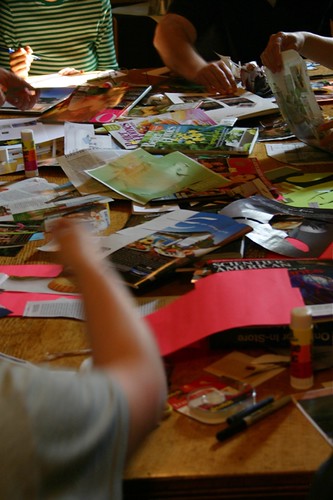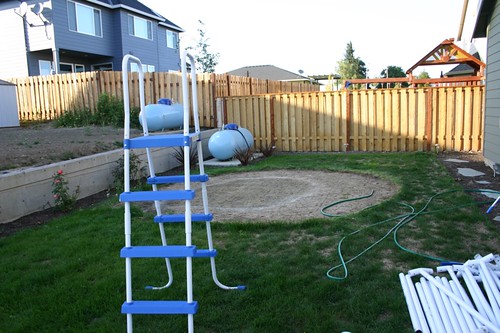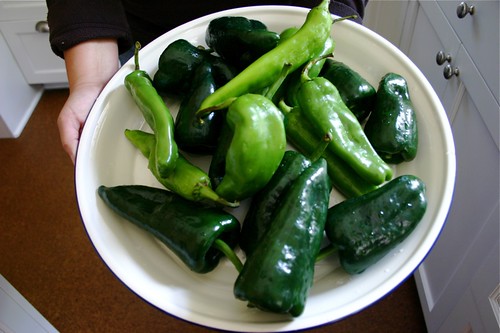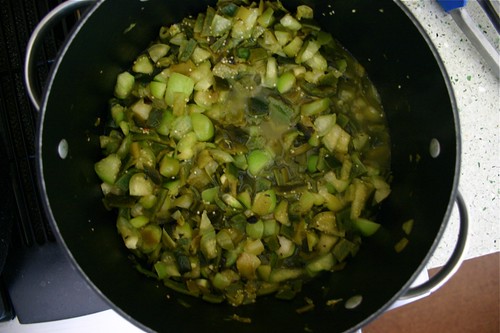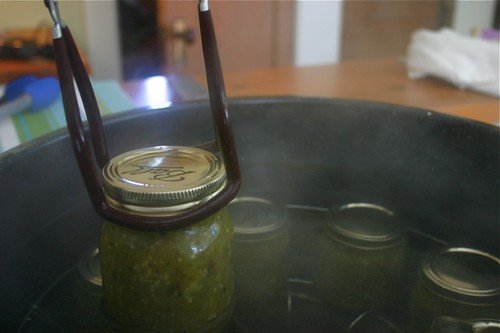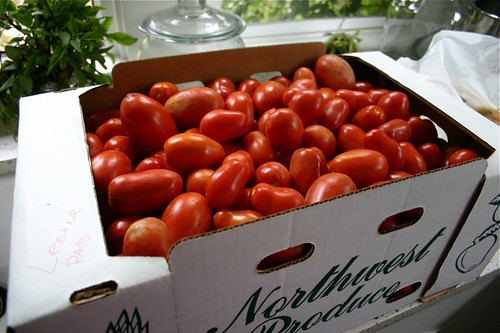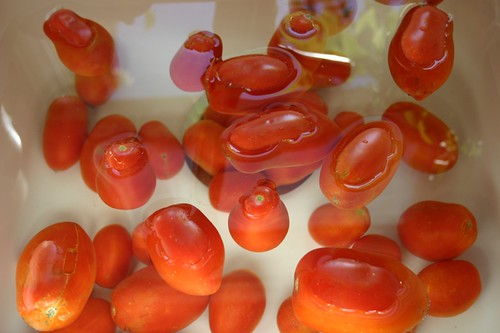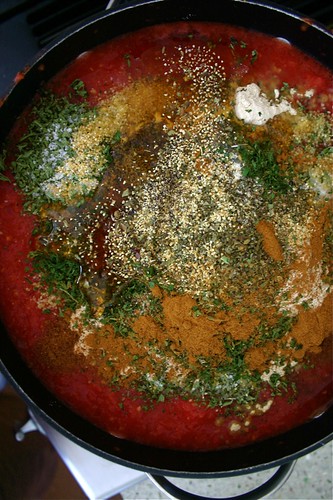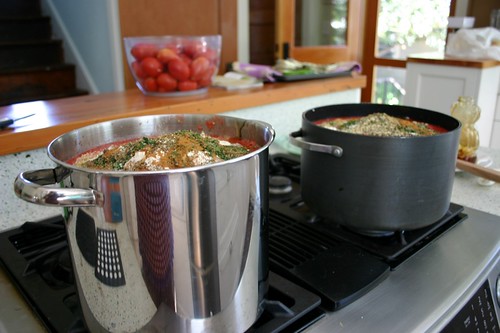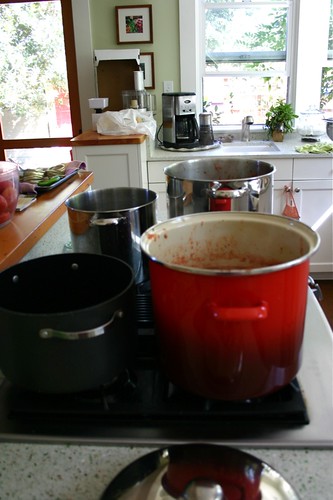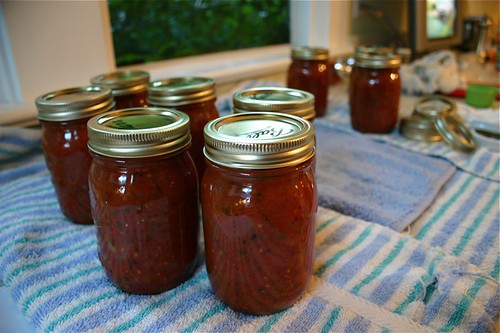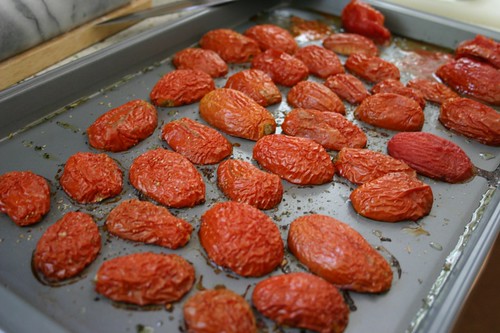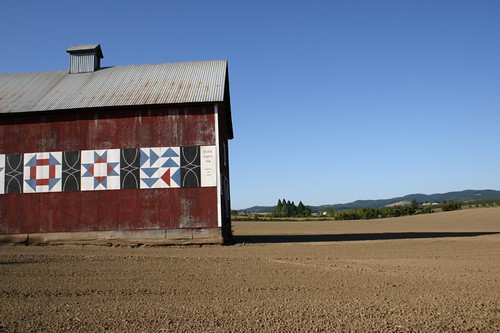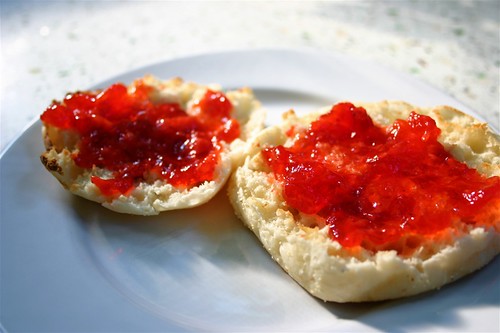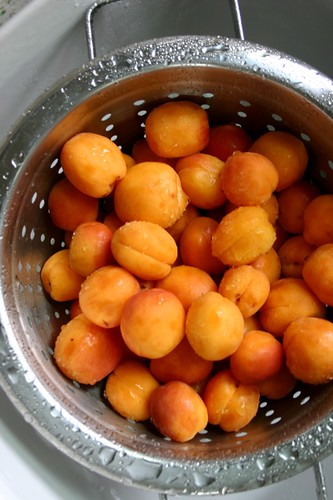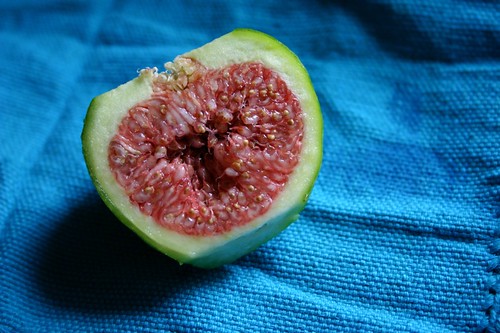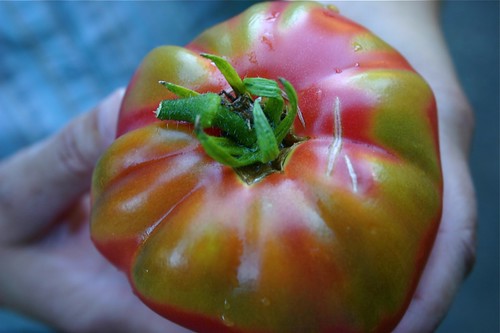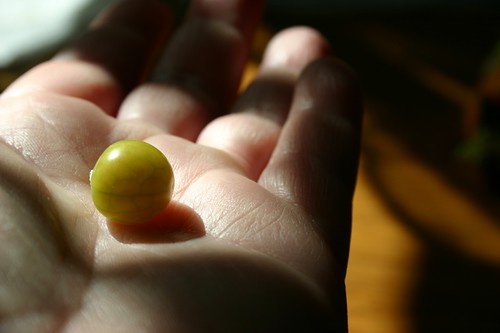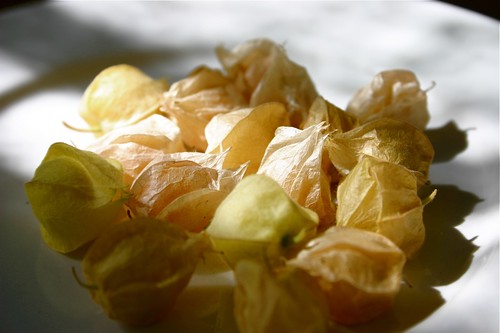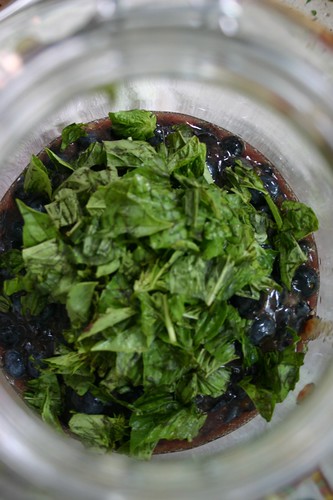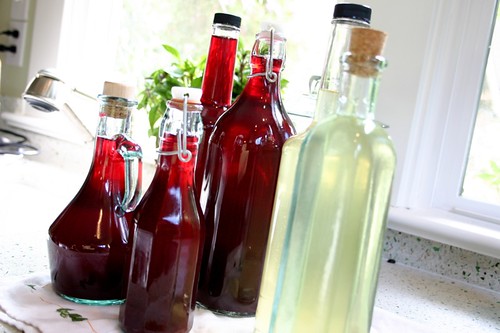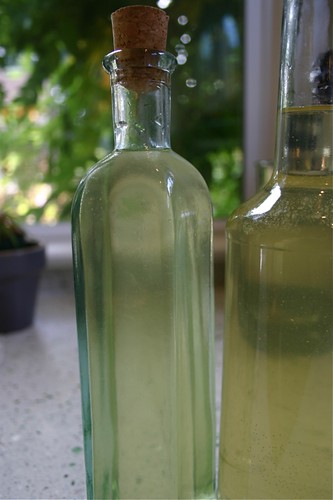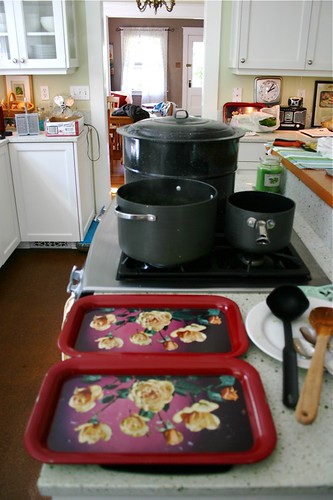
If you thought this series about preserving food was written from a
master perspective you’re wrong. I first learned how to can food last summer when my good friend, whom I refer to as my
Homestead Hook-up, was extremely wonderful and brought her knowledge, equipment and books to our house one weekend day to teach me how to can. I was clueless. You can read and see photos about it
here. During that first foray, it was early Autumn, so we made and canned apple ginger jam, and then I wanted to try carrots, and my grandmother’s cinnamon apples. All of these were made with the intent to give as gifts at the holidays. The best of these was the apple ginger jam.
What did I learn? It was fun and rewarding. It was complicated and involved important steps to ensure food safety. It involved the world’s largest pot on my stovetop. It involved things like jar sterilization and boiling water. In the end? It was a lot of hard work, planning, and equipment. But once the learning curve happened, I thought,
I could do this. And at Christmas, we packaged the jars in baskets and combined with things like embroidered towels and rosemary nuts and gave them out as gifts, completely homemade.
There is a really great website that shows you step by step how to can, complete with photos. It includes recipes and information about u-picks as well. I have referred to it many times this season, and gives you a good eye into the process. I don’t feel strong enough in my knowledge to teach other people how to can, because I’m still figuring it out as I go. But here are some things I know and maybe it will help you if you're thinking about canning your own food:
• It takes planning, research and lists. Jars for canning are available at your local supermarket and you can find used ones on Craigslist, too. A lot of people find their canning supplies at garage sales. I’m not much of a garage sailor, so we got our jars at either Fred Meyer , Bi-Mart or WinCo. Small jelly jars for jam, pints for sauces, and a few quarts for sauce or whole fruit (and I don't know how many times we've had to go over how many cups are in a pint, what equals a quart, and how many quarts are in gallons, etc. etc. Have your charts ready!). There are jars, lids and rings. We stuck with the standard jar so that we wouldn’t have to worry about what size lids or rings we already had. Jars and rings can be re used. Lids, cannot.
• You need to follow the recipes for canning because the combination of items sets the pH/acidity level which helps to safely preserve the food, or not. A standard resource for recipes is the
Ball Blue Book of Preserving. I also use
Preserving the Harvest, loaned to me by my Homestead Hook-up. Barbara Kingsolver also provides recipes for her preserving projects on
her website here.
• Be careful, and if you can, don’t do it alone. It’s much more fun to can with someone else. You chat and catch up, you work together as a team, and it goes twice as fast. Also, canning can be a little dangerous. I had an incident one morning by myself when a jar slipped into the boiling water and splashed hot water on my face and hand. I kept it calm, ran cold water and even found a lemon to hold on the burns, but it would have been better to have had someone with me. It could have been bad.
• Using fresh produce as it’s in season is key. And you don’t control the weather. Just because you have on your calendar a weekend designated for strawberry picking and jam making doesn’t mean the strawberries will be ready. You’re going to need to just let go and go with the season. Inevitably it will be hottest day of the year when you end up canning tomato sauce and boil water on your stove in order to do so all ding dong day. That’s the way it goes.
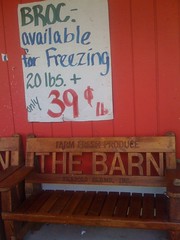 Where we get our produce:
Where we get our produce:-Strawberries picked at
Columbia Farms on Sauvie Island.
-Figs and Apricots from
Duyck's Peachy-Pig Farm, sold at
Cedar Hills Farmers Market-Tomatoes from
Deep Roots Farms, sold at
Portland Farmers Market-Peaches picked from
Sauvie Island Farms on Sauvie Island. Sauvie Island Farms also has a blog,
The Farmer’s Wife, which updates throughout the season what is available, what’s coming into season, and occasionally recipes they use themselves for their produce.
-Raspberries, Tayberries, Blackberries picked from
West Union Gardens.
-Blueberries picked from xxx Farms on Sauvie Island.
-Local produce from
Trapold Farms (The Barn).
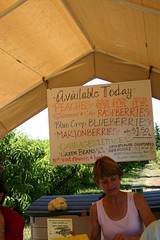 This website
This website has been helpful in finding and locating farms, along with
this site.Canning isn’t the only way we’ve been preserving the harvest. We also use our freezer, and we’re fortunate to have an extra fridge/freezer in our basement. It is currently stocked with berries of all kinds, and pesto.
You can read and see how we freeze pesto in ice cube trays here. Oh, and it’s also packed with strawberry freezer jam. Oh, and slow roasted tomatoes. (I’ll post on Friday about sauces, salsa and tomatoes.)
Tomorrow? I’ll tell you about the jams we learned to make this year: tayberry, raspberry, fig and apricot, and Thursday I’ll write a little about family memories and the heritage of preserving our food, stories from our family, friends and neighbors.
